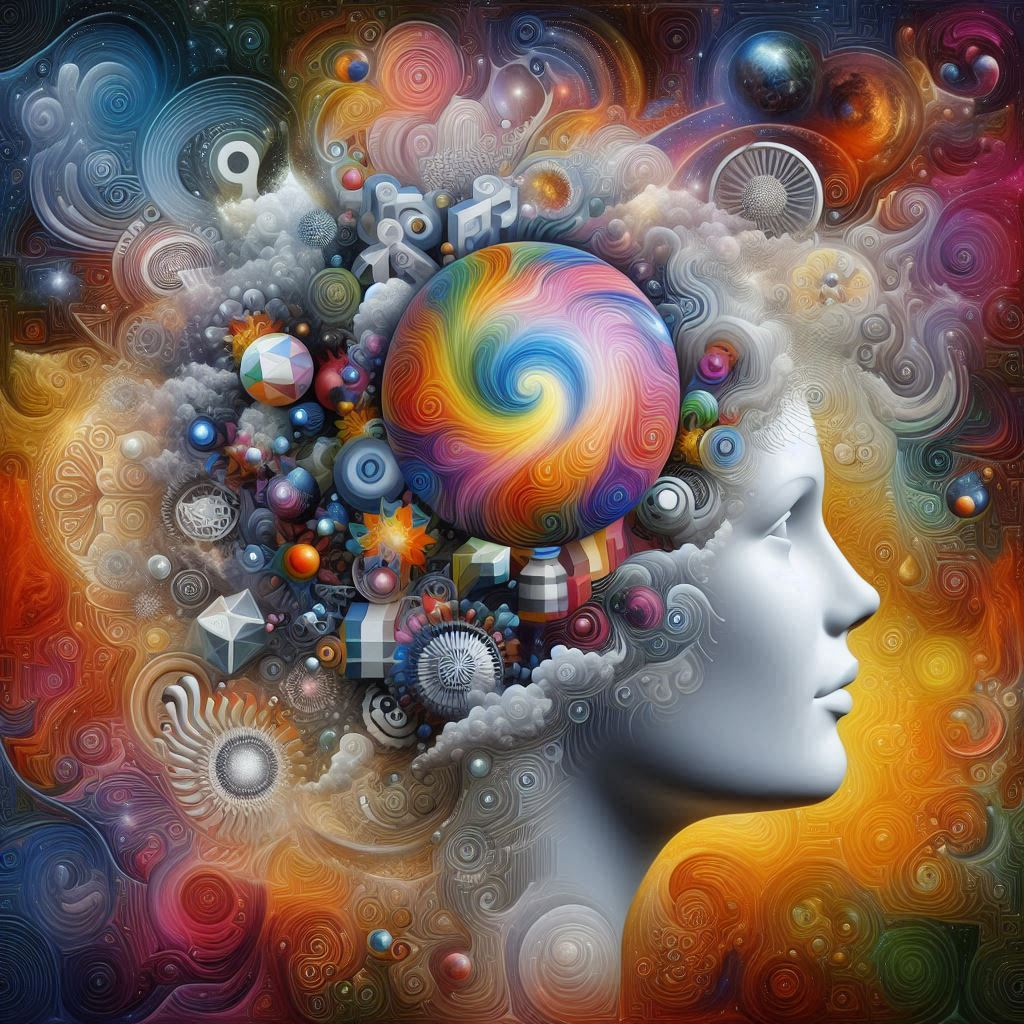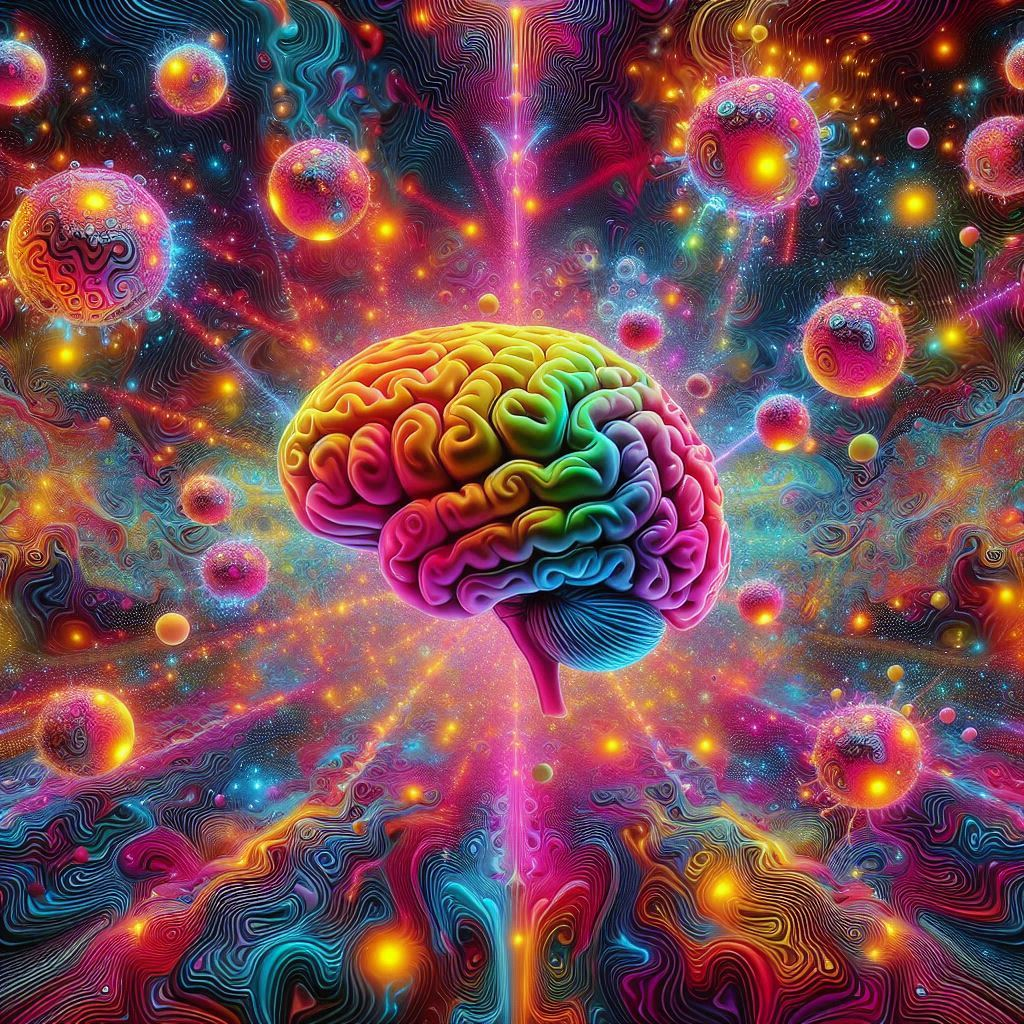Understanding Archetypes in Writing Fiction
This is the third article of RAD’s four-part series on archetypes.
To learn more about Carl Jung’s 12 Basic Archetypes, please see my first article.

Readers connect to story through characters. It sounds so trite, doesn’t it? So simple?
Too often, writers spend such an enormous amount of time developing plots and themes. They devote, sometimes years, creating worlds that no one has ever imagined before. And yes, this is absolutely important to a memorable tale; but before we get too far in the weeds, we need to focus what readers desire most—an invisible link to the main character.
Every person on this planet carries the burden of both internal and external conflicts. It’s what makes us human. Why should this reality vary from our fictional characters?
Here’s an example of showing the difference of internal vs external conflicts in story:
Susan brought oranges and sandwiches for the whole team to her son’s football practice. Normally, Susan is full of compassion and kindness, but that changes when she gets hit in the side of the head with a football shortly after setting up her food display.
Externally, she’s got a knot on the side of her head. The corner of the metal bleacher jabbed her funny bone (which isn’t that funny) as she was falling backward from the mis-throw, and to top it off, she senses a cross of mockery and empathy from those around her.
Internally, she has a splitting head and is embarrassed. Moreso, she wonders why no matter how generous she is, she always gets the crappy part of the stick. Susan smiles and laughs off the pigskin to the head, but inside she’s demoralized.
Susan is no different than any other human, or in our case, a fictional character. She shows the world a particular persona. She shrugs off vulnerability, but beneath the mask she shows the world, she’s quite the opposite.
For every action, there is a reaction. The action is external. A football slams into Susan’s head and people outwardly laugh. Her reaction is internal. She wanted to be a supportive mother for her son who seems to find more value in his friends than his mother. Now she feels like a fool and never wants to come to practice again.
As you read forward, keep Susan’s fiasco in mind. Last time, we discussed The Caregiver, The Explorer, and The Rebel Today, we’re going to move through the next three archetypes on Jung’s list. As we move forward into creating compelling characters, keep in mind that these archetypes possess the qualities to discover both internal and external conflict.

The Lover:
- Embodies the pursuit of intimacy in all forms (emotional, spiritual, or physical) – Jay Gatsby, Fitzgerald, The Great Gatsby
- Represents a profound connection with others – Belle, Beauty and the Beast
- Embodies intimacy and experiencing relationships deeply – Westley, the Princess Bride, “As you wish.”
- Seeks intimacy, connection, sensuality, affection, and love – Jack, Titanic
- Fears loneliness or rejection – Romeo Montague, Shakespeare’s Romeo & Juliet
- Tries to become more attractive physically and emotionally, but may lose their identity in the process
- Balancing Goal: Individualism—being able to recognize and accept the different facets within oneself
The Creator:
- Authentic
- Imaginative – Trailblazers and Renaissance individuals
- Non-conforming – Philosophers
- Leverages artistic talents to manifest new realities – Victor Frankenstein, Frankenstein
- Values originality – Artists
- Fears mediocracy – Tony Stark, Iron Man/ Marvel
- Strives for artistic control and skill
- Struggles with perfectionism – Scientists
The Jester:
- Lives for the moment and enjoys life’s pleasures – Ferris Bueller, Ferris Bueller’s Day Off
- Playful
- Embraces humor and joy
- Fears boredom or boring others – Harley Quinn, DC Comics
- Loves making jokes and being funny
- Reminds you to not take life too seriously and stay connected to fun – Joey, Friends
- Does not show inner thoughts and feelings – Jack Sparrow, Pirates of the Caribbean
- Mocks hypocrisy – Donkey, Shrek
Known characters and real-life examples:
- Clown
- Comedian
- Wade Wilson, Deadpool
Writing Exercise:
The Lover, The Creator, and The Jester aren’t much different from our above example of Susan. Each one of the archetypes we’ve discussed today has flaws. Often, it’s not until those archetypes are put into a stressful situation, like Susan’s, that we can see their ‘true colors’; or in our fictional character case, the internal and external conflicts within the story.
Choose one archetype listed above and create a stressful situation for that character. Write a paragraph to show your audience the external reaction to that high-stress event of that archetype. Then write another paragraph of how that archetype actually felt during the situation. How does the internal conflict vary from the external one?
Happy Writing!
-RADolence

References:
The Lover Archetype. Meaning in Psychology – The Brain Blog
Lover Archetype: Definition and Real Examples (2024) (helpfulprofessor.com)
Creator Archetype with Examples – Literary Devices
The Creator Archetype – Everything You Need to Know (dabblewriter.com)How To Use The Jester Archetype +4 Examples (self-publishingschool.com)
